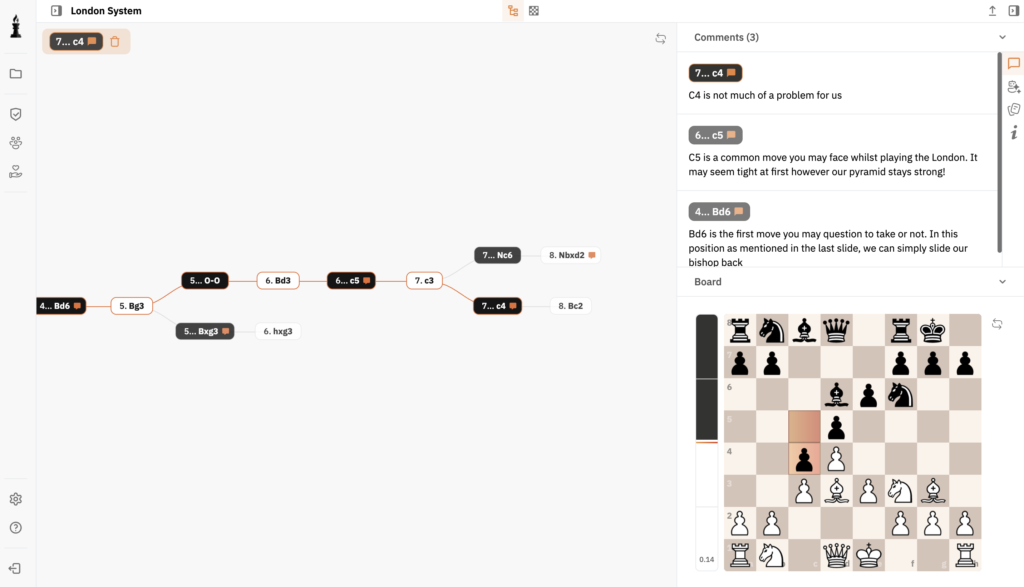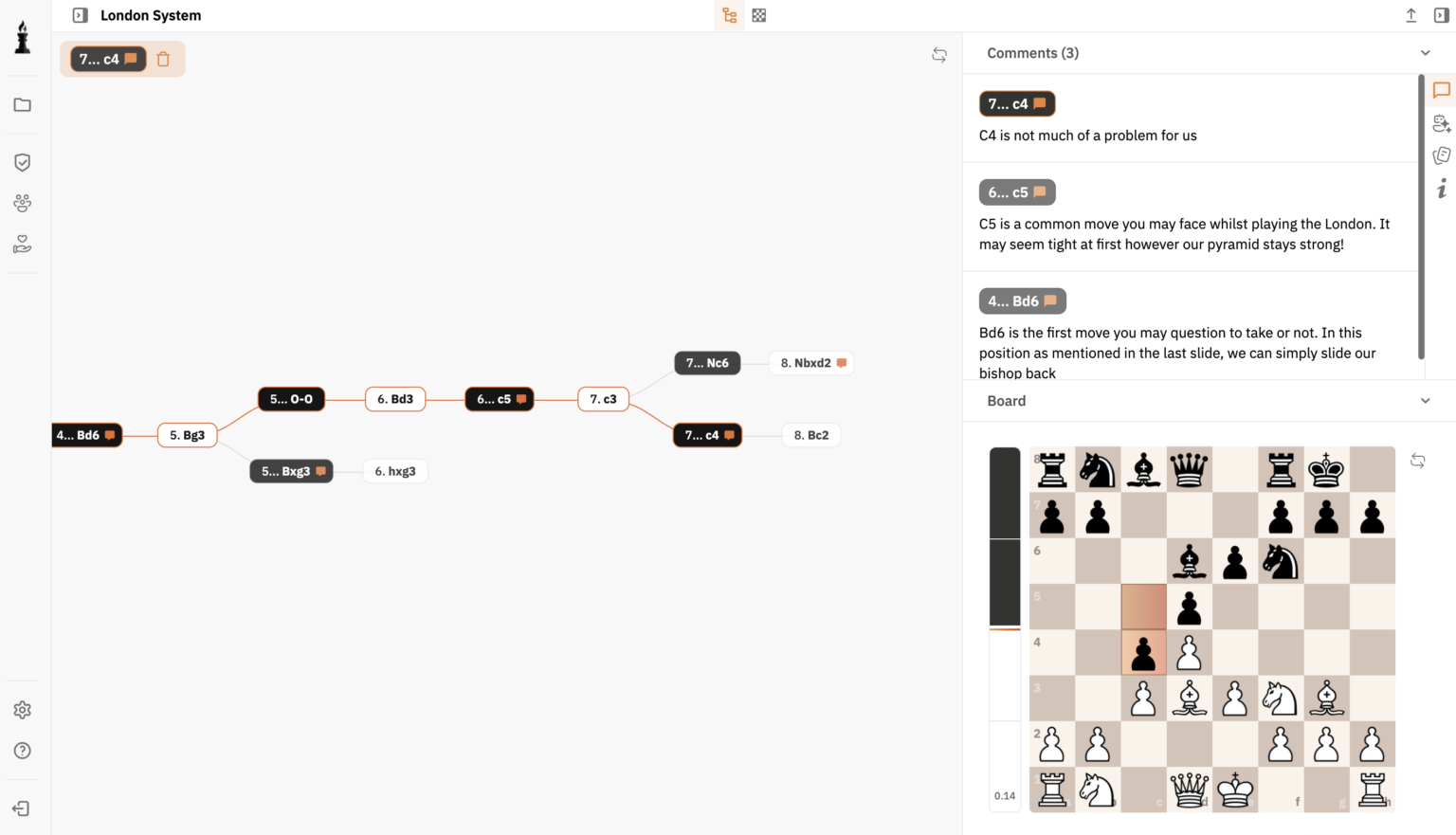Pawns: The Soul of Chess
Pawns play a critical role in shaping the strategy and tactics of any chess game. As famously noted by Francois-André Danican Philidor, pawns are indeed the soul of chess, dictating the position’s structure and long-term dynamics. Understanding pawn dynamics goes beyond knowing the basics—it means delving into their contribution to creating active positions, weaknesses, and strategic imbalances.
Isolated Pawns as a Double-Edged Sword
An isolated pawn has no adjacent pawns for support, making it a liability in certain positions due to the difficulty in defending it. However, strategic opportunities also arise. For instance, games with isolated pawns often boast open files for rooks and active squares for minor pieces. Players such as Mikhail Chigorin showcased masterful use of isolated pawns, transforming perceived weaknesses into active play and attacks.
Pawn Majorities and Passed Pawns
Controlling a pawn majority is an essential strategic principle. In endgames, even a slight majority can create a decisive passed pawn that drives the game toward victory. This is especially critical in endgame studies, as demonstrated in the famous matches of Alexander McDonnell during the 19th century.
The Intersection of Pawn Structures and Schools of Chess
The interpretation of pawn dynamics often reflects the influence of different chess schools. For example, the Soviet School of Chess emphasized pawn structure as the foundation for positional advantages, while the Hypermodern School revolutionized our understanding of controlling the center without occupying it with pawns.
The Carlsbad Structure: A Positional Playground
The Carlsbad structure is a classic pawn formation arising frequently in Queen’s Gambit Declined lines. Both sides often aim to control square complexes and generate minority attacks. This structure showcases the delicate balance between immediate tactical threats and long-term positional plans.
Pawns in Aggressive Play: The Romantic Era
During the Romantic School of Chess, pawns were often sacrificed willingly for rapid development and dazzling tactical opportunities. Players like Gioachino Greco demonstrated how pawns could dictate the tempo and channel explosive attacks.
The Impact of Pawn Play in Modern Chess
In contemporary chess, understanding refined pawn dynamics is a requisite for success. Engines like Stockfish and AlphaZero have positively influenced modern play, revealing deeper tactical and positional insights into pawn structures. Unique patterns such as doubled pawns, backward pawns, and connected pawn chains are increasingly explored in remarkable depth.
Pawns in Practical Gameplay
For players aiming to elevate their understanding of strategy, observing games from the Indian School of Chess draws attention to subtle pawn moves that influence both the middlegame and endgame transitions.
Rethinking Pawn Sacrifices
Pawn sacrifices, particularly in gambit play, remain an exhilarating part of chess strategy. The King’s Gambit or Queen’s Gambit often leads players into highly dynamic positions requiring foresight and precision.
Prophylactic Pawn Moves
The concept of prophylaxis further highlights the importance of pawn moves. By preventing an opponent’s plans with subtle pawn advances, grandmasters such as Anatoly Karpov have turned the course of games, showcasing the power of restraint over aggression.
The Square Rule in Endgames
In pawn-based endgames, concepts like the Square Rule help players determine whether a king can catch a passed pawn. These fundamentals are essential for both beginners and advanced players alike.
Pawn structures shape the dynamics of a position. Understanding isolated pawns, pawn majorities, and doubled pawns enhances your strategic insights.
Stockfish reveals subtle yet critical patterns in pawn structures, advancing modern understanding of pawn sacrifices and positional imbalances.
Pawn sacrifices in gambits prioritize rapid development, control of key squares, and tactical opportunities at the cost of material.
The Carlsbad Structure often sets the stage for minority attacks, maneuvering pieces to exploit weaknesses in an opponent’s pawn structure.





